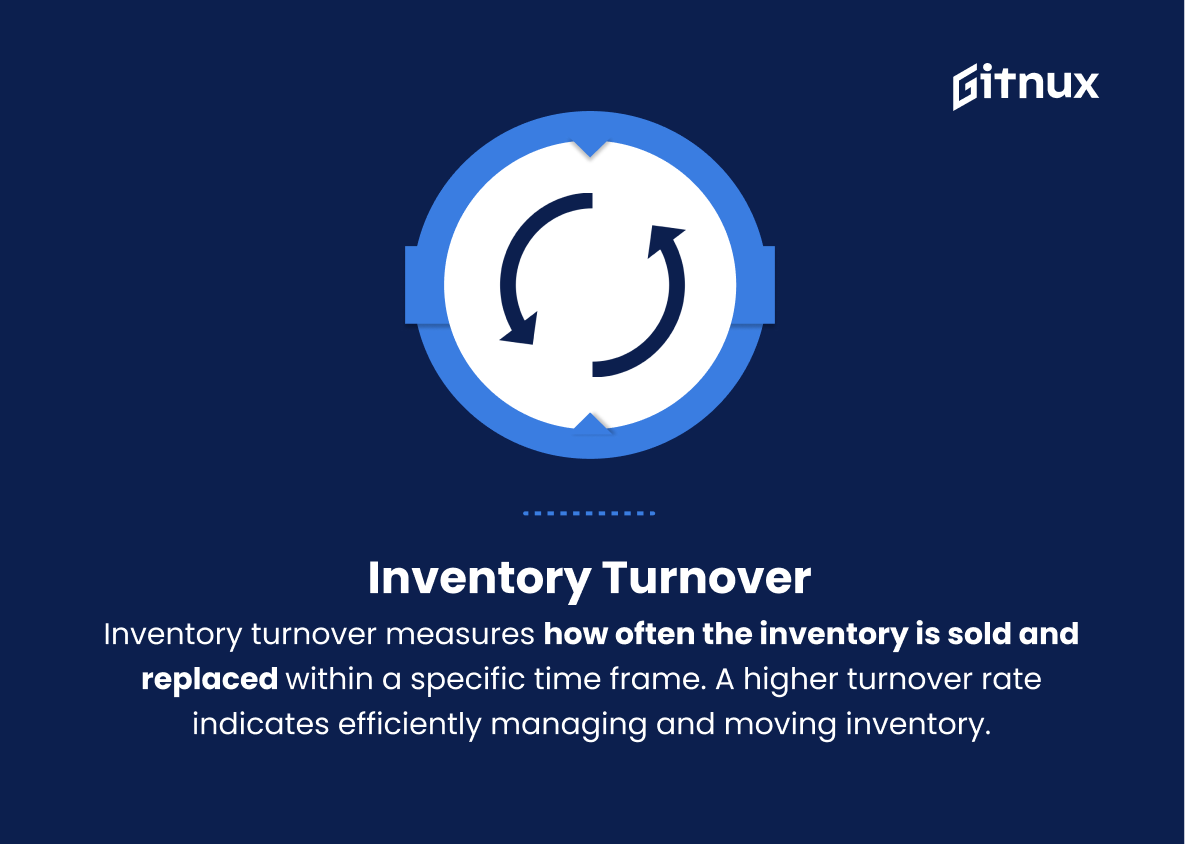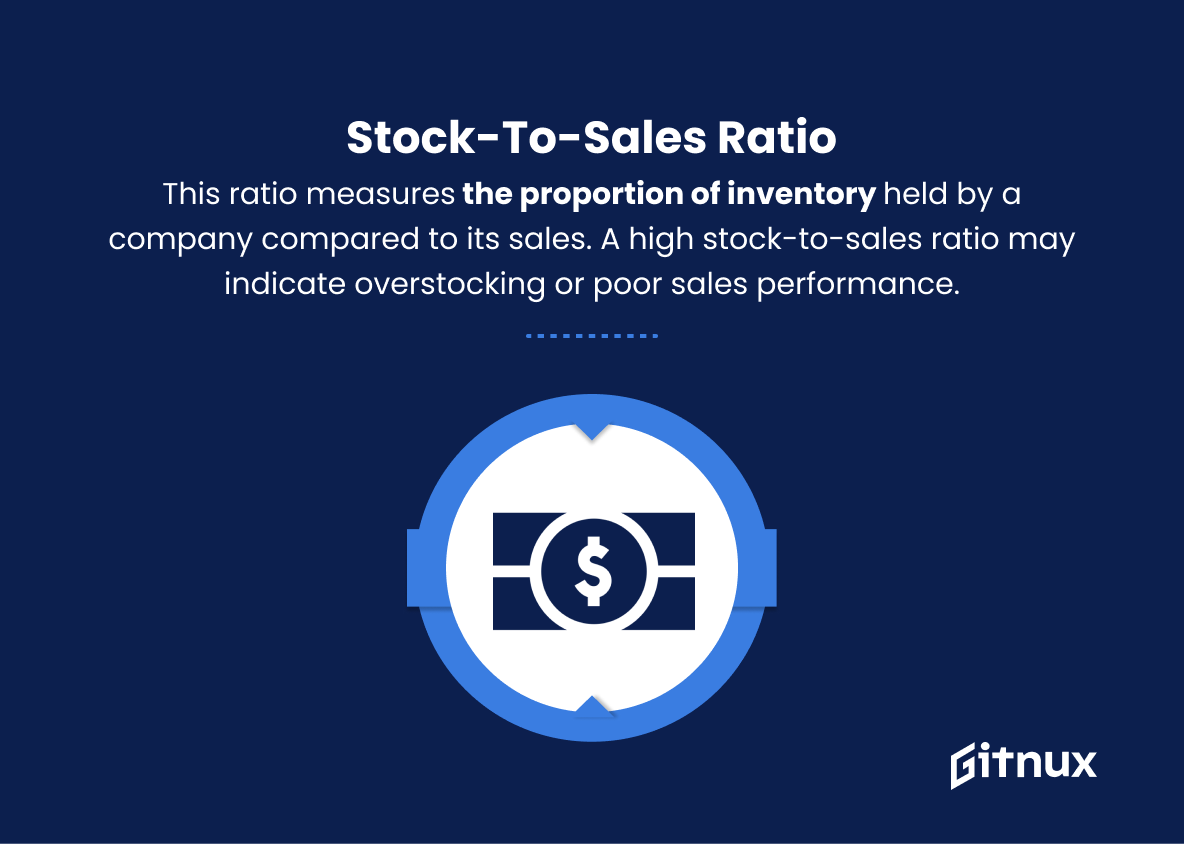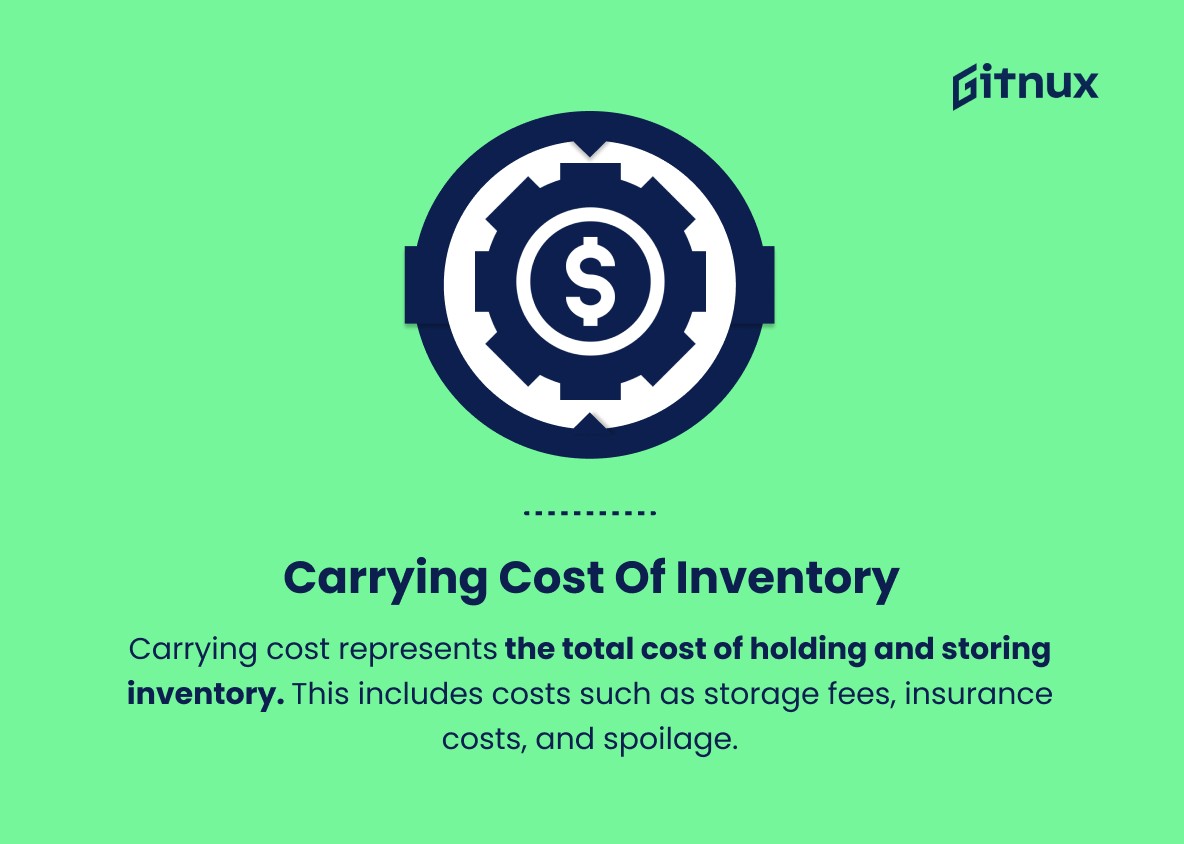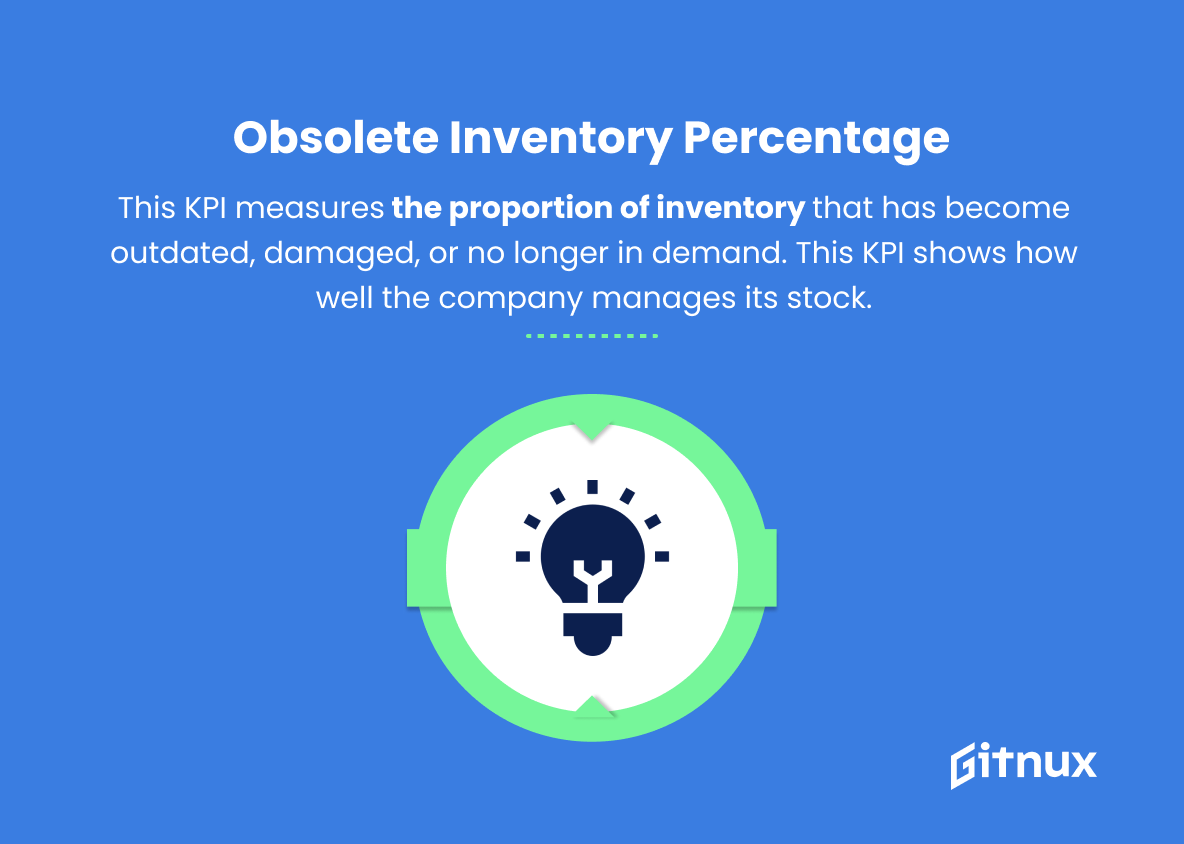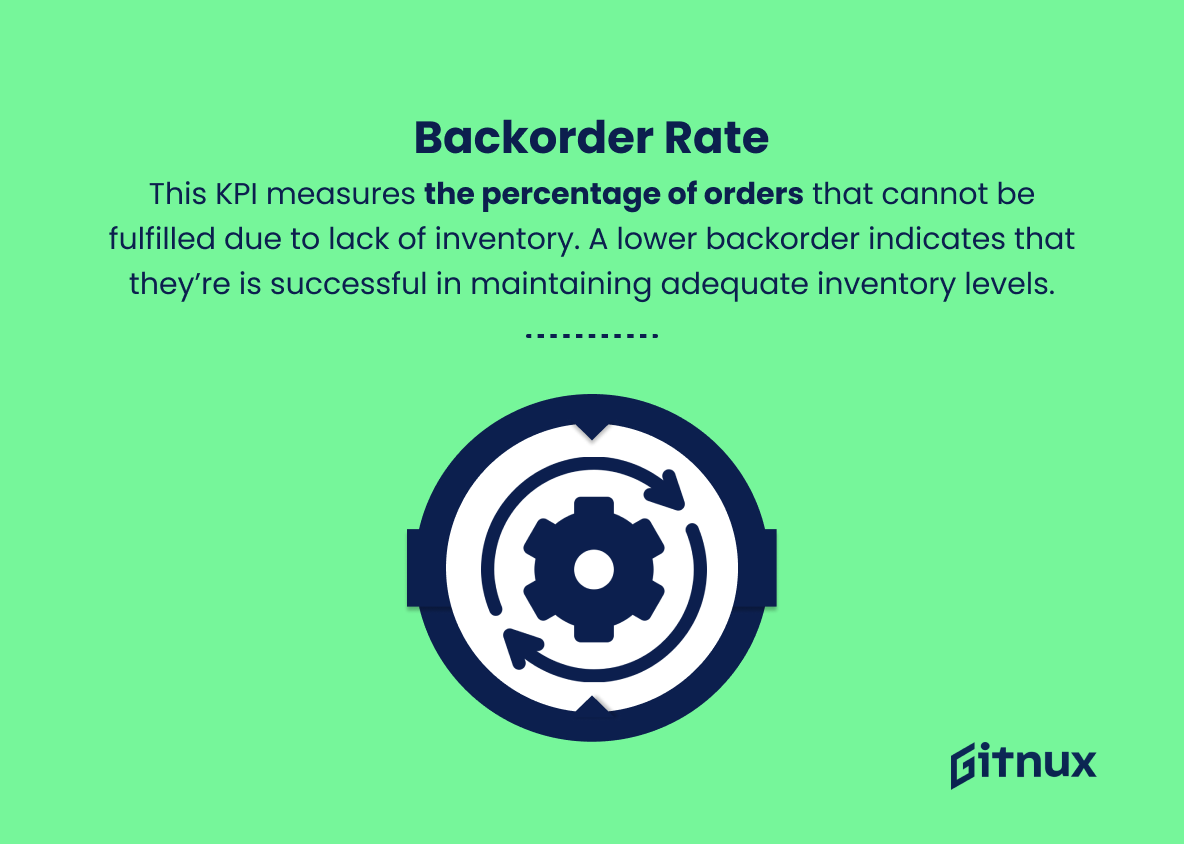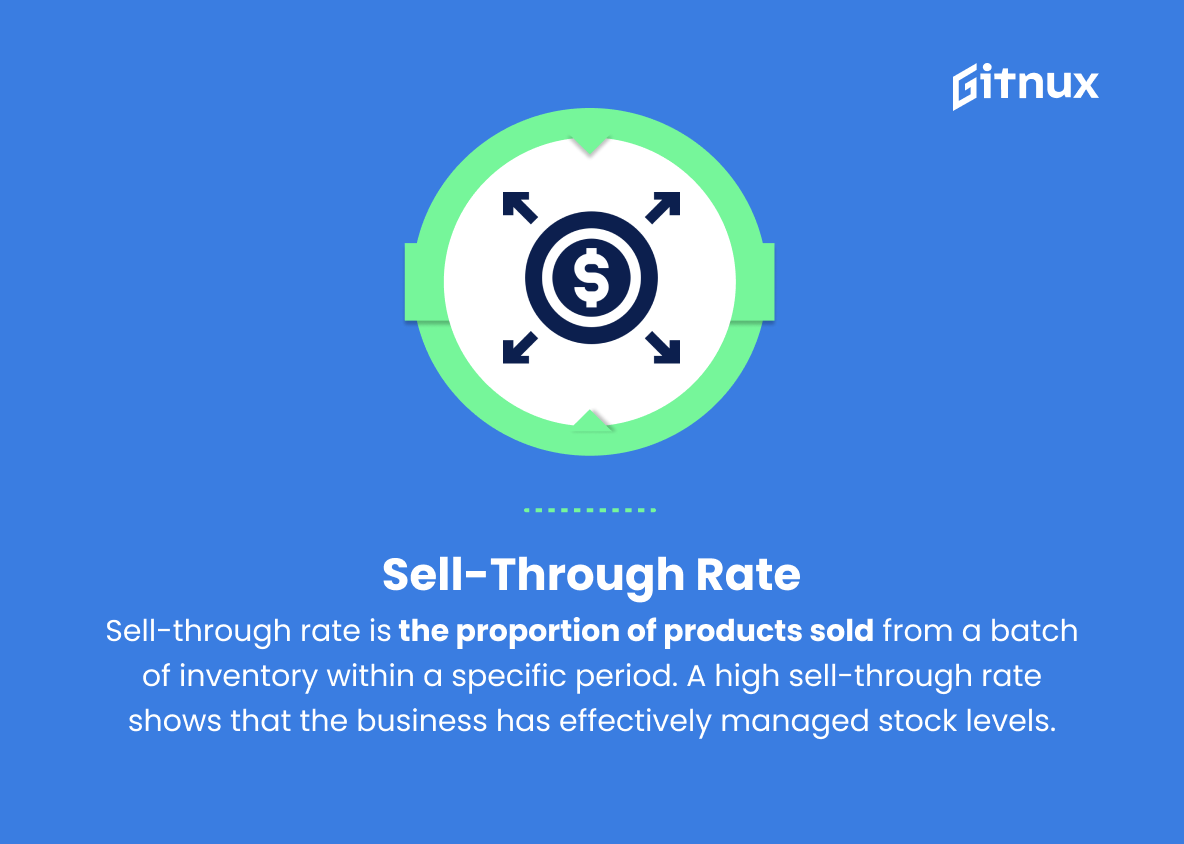In today’s highly competitive business landscape, effective inventory management is essential for the success and profitability of a company. Managing inventory efficiently requires not just having the right systems in place, but also tracking and analyzing key performance indicators (KPIs) to ensure that an organization’s inventory practices are yielding the best possible outcomes.
In this insightful blog post, we will explore the critical inventory management KPIs that every business owner or supply chain manager must pay close attention to. We will delve into the significance of each KPI, how to measure it, and how to use this information to optimize your inventory management processes, ultimately boosting your bottom line and enhancing customer satisfaction.
Inventory Management KPIs You Should Know
1. Inventory Turnover
Inventory turnover measures how often the inventory is sold and replaced within a specific time frame. A higher turnover rate indicates better performance in terms of efficiently managing and moving inventory.
2. Days Sales of Inventory (DSI)
DSI is the average number of days it takes for a company to sell the inventory it has on hand. A lower DSI indicates better inventory management, as it shows that the company can quickly convert inventory into sales.
In today’s fast-paced and increasingly competitive market, effective inventory management is crucial for businesses to thrive and maintain a strong foothold in the industry.3. Gross Margin Return on Inventory Investment (GMROII)
GMROII is a ratio that demonstrates the profitability of the inventory. It’s calculated by dividing the gross margin by the average inventory value. A higher GMROII indicates the effectiveness of inventory investment, and that the company is earning a good profit on it.
4. Stock-to-sales Ratio
This ratio measures the proportion of inventory held by a company compared to its sales. A high stock-to-sales ratio may indicate overstocking or poor sales performance, whereas a lower ratio indicates efficient stock management.
5. Carrying Cost of Inventory
Carrying cost represents the total cost of holding and storing inventory. This includes costs such as storage fees, insurance costs, and spoilage. Efficient inventory management aims to minimize carrying costs to maximize profitability.
6. Obsolete Inventory Percentage
This KPI measures the proportion of inventory that has become outdated, damaged, or no longer in demand. A low percentage of obsolete inventory indicates that the company is effective in managing its inventory levels and minimizing waste.
7. Order Lead Time
Order lead time is the average amount of time it takes for a customer order to be processed and delivered. Shorter lead times lead to greater customer satisfaction and increased customer loyalty.
8. Backorder Rate
This KPI measures the percentage of orders that cannot be fulfilled due to lack of inventory. A lower backorder rate indicates that the company is successful in maintaining adequate inventory levels to satisfy customer demand.
9. Sell-through Rate
Sell-through rate is the proportion of products sold from a batch of inventory within a specific period. A high sell-through rate shows that the business has effectively managed stock levels and priced their products appropriately.
Stockouts refer to instances when the desired inventory is unavailable or sold out.10. Stockouts
Stockouts refer to instances when the desired inventory is unavailable or sold out. The stockout rate can help identify inventory management problems and reduce the impact on sales and customer satisfaction.
11. Inventory Shrinkage
Inventory shrinkage refers to the loss of inventory due to theft, damage, or miscounting. A lower shrinkage rate indicates the effectiveness of the company’s loss prevention strategies and accurate inventory tracking.
Inventory Management KPIs Explained
Effective inventory management is crucial for businesses to optimize profitability and customer satisfaction. Key Performance Indicators (KPIs) such as Inventory Turnover, Days Sales of Inventory (DSI), and Gross Margin Return on Inventory Investment (GMROII) provide insights into how well a company is managing and maximizing its inventory efficiency, profitability, and investment. Stock-to-sales Ratio and Carrying Cost of Inventory help businesses balance stock levels, reduce costs, and improve sales performance.
Assessing Obsolete Inventory Percentage, Order Lead Time, and Backorder Rate ensures that a company is meeting customer demands with minimal waste and improved customer satisfaction. Monitoring Sell-through Rate, Stockouts, and Inventory Shrinkage helps businesses identify potential issues with pricing, stock levels, and loss prevention strategies, ultimately improving overall inventory management and reducing the impact on sales and customer satisfaction.
Conclusion
In summary, inventory management KPIs play a significant role in optimizing a company’s supply chain and ensuring that products are efficiently managed from warehouses to customers. A keen understanding of relevant KPIs such as inventory turnover, order accuracy, stockouts, days of supply, and carrying costs can help businesses make data-driven decisions that maximize returns while mitigating risks.
By consistently monitoring and analyzing these performance indicators, organizations can identify areas of improvement, streamline operations, and ultimately enhance overall customer satisfaction. In an ever-evolving marketplace, businesses that embrace inventory management KPIs will undoubtedly have a competitive edge, setting themselves up for long-term success.
